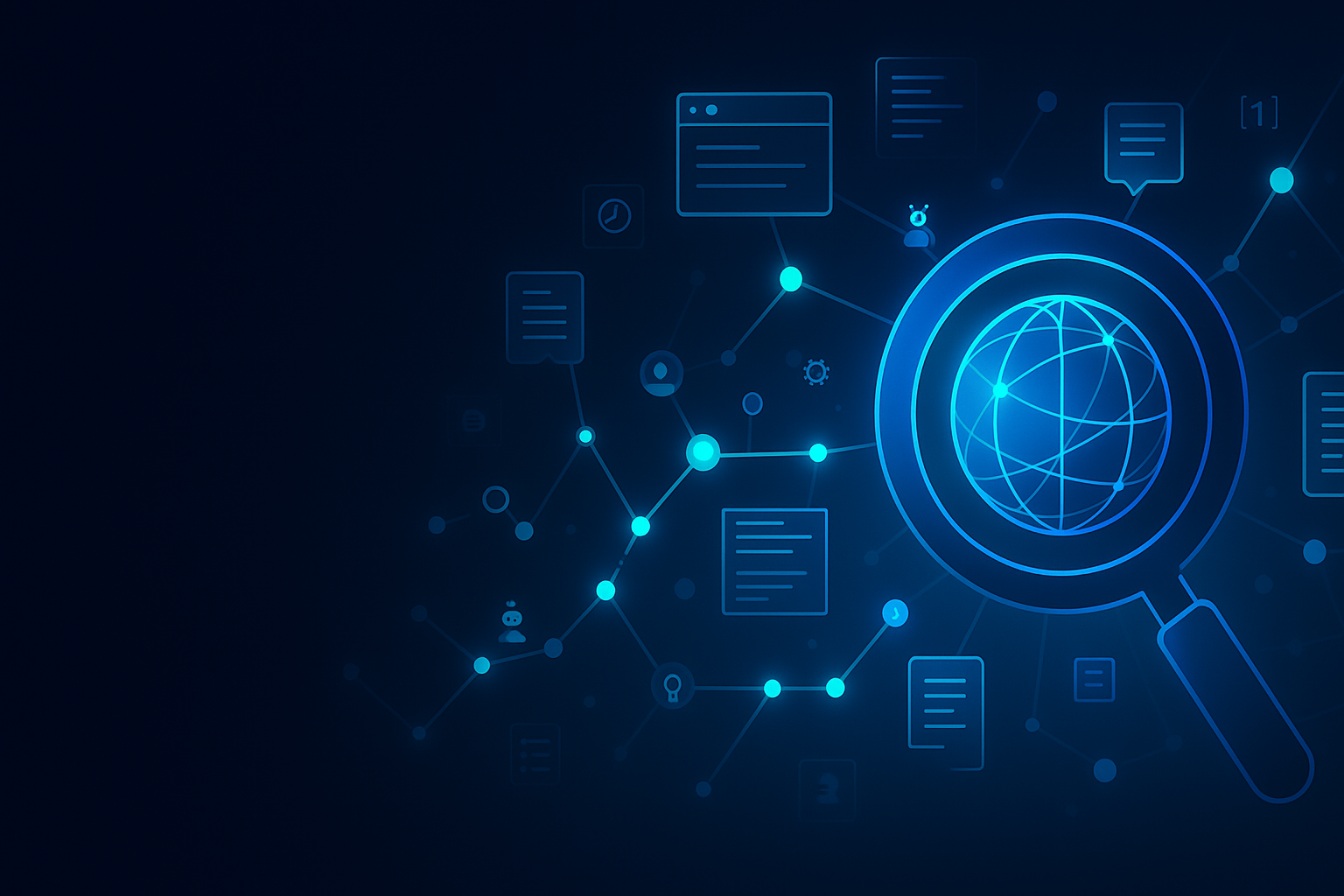Beyond Q&A: How AI Is Learning to Do Deep Research
From chatbots to analysts
“Deep research” is what happens when an AI stops giving one-shot replies and starts behaving like a meticulous analyst: it plans sub-questions, searches broadly, reads sources, reconciles conflicts, and assembles a multi-page answer with citations. The result feels less like a text message and more like a brief you could share with a colleague or publish internally.
What deep-research systems actually do
Under the hood, modern assistants combine three pillars: (1) agentic planning that breaks problems into steps; (2) tool use for web search, browsing, and optional analysis; and (3) retrieval-augmented generation (RAG) to keep track of what they’ve read and cite it back cleanly. Different platforms make different trade-offs between speed, depth, transparency, and polish.
Who’s leading—and how they differ
ChatGPT Deep Research (OpenAI)
Deep Research in ChatGPT behaves like a careful junior analyst. It iteratively searches the web, opens pages, reads long documents, and can perform light analysis before drafting a structured, citation-dense report. You see a transparent trail of what it did, and the final answer reads like a comprehensive memo. Learn more.
Gemini Deep Research (Google)
Gemini’s take starts with a plan you can edit: proposed subtopics, angles, and next steps. Then it parallelizes the work—browsing many sources at once—before returning an in-depth report with headings, tables, and inline references. Its exceptionally large working context helps it keep a long thread of evidence intact. Learn more or try Gemini at gemini.google.com.
Perplexity Deep Research
Perplexity is the speed runner: it executes multiple searches, stitches together the best snippets, and answers succinctly with footnoted citations. It emphasizes immediacy and verifiability for single questions, making it a favorite for fast, sourced answers. Learn more or visit perplexity.ai.
Grok 3 (xAI) — DeepSearch
Grok’s DeepSearch leans into real-time synthesis—pulling from the web (and the social pulse) to deliver clear, high-level summaries quickly. It favors speed and narrative cohesion; you can ask for more sourcing detail as needed. Learn more or explore grok.ai.
SerqAI’s Deep Researcher
SerqAI Deep Researcher runs repeated cycles of querying and sub-querying, then ranks citations by quality and trustworthiness before assembling the final answer. It’s deliberately methodical—which can be slower—but it is free to use and completely anonymous (no login required). The resulting report reads like an academic paper, with inline citations and a verifiable Sources section. Pros: free with limits. Visit serqai.com.
How to evaluate these tools
If you need an exhaustive brief with tightly bound citations, ChatGPT and Gemini shine. If you want a crisp answer with sources in seconds, Perplexity is hard to beat. If you value fast, real-time synthesis with a conversational tone, Grok’s DeepSearch is compelling. If you want anonymous, methodical runs with academic-style output, SerqAI offers that rhythm for free with sensible limits.
DIY: Building your own deep-research assistant (high-level)
The winning recipe pairs a capable model with an agent loop and smart retrieval. In practice, that means: an instruction-following LLM (closed or open), a search tool and browser reader, a retrieval layer to remember what’s been read, and a clear output contract for citations and structure. Add optional analysis tools (calculator, Python sandbox) and a “thinking” pass to critique the draft before publishing. The result is a dependable system that can plan → search → read → reconcile → cite → report—over and over again.
